Thomas Bourgeron: Pioneering rare paths in autism genetics
Thomas Bourgeron discovered the first rare mutation linked to non-syndromic autism, pointing to neuronal connections as prime drug targets.
Portraits of scientists who are making a mark on autism research.
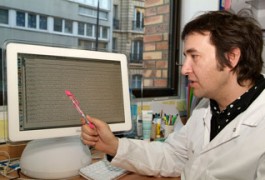
Thomas Bourgeron discovered the first rare mutation linked to non-syndromic autism, pointing to neuronal connections as prime drug targets.
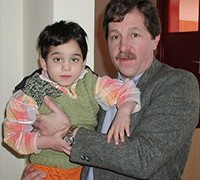
Charles Nelson, who famously showed that social deprivation damages the developing brain, is analyzing brain waves in babies to study how different genetic risk factors might lead to autism.
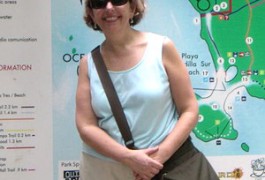
The language deficit in autism is complex and diverse. With a no-nonsense and thoughtful approach, Helen Tager-Flusberg has devoted her career to sorting it all out.
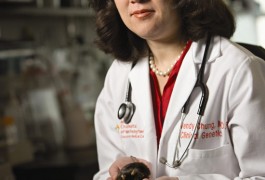
Wendy Chung planned to spend her career in a research lab, identifying rare pathologies. But life had other plans for her.
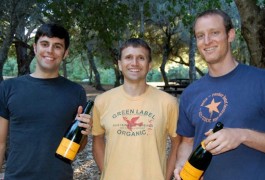
The ever-curious and energetic Ricardo Dolmetsch is taking skin cells from individuals with various types of autism and turning them into neurons in the lab. The approach could reveal the cellular basis of the disorder and point to new treatments.
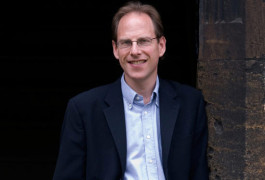
Few scientists have a career that spans as wide a spectrum in autism research as Simon Baron-Cohen, professor of developmental psychopathology at the University of Cambridge in the U.K. And fewer still garner effusive compliments from those who don’t agree with them.
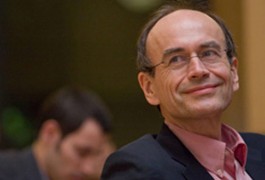
Thomas Südhof has achieved stellar scientific results with a style that colleagues call typically German — sober, meticulous and highly competitive.
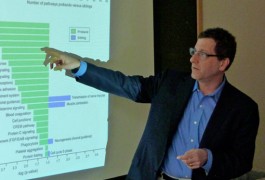
Matthew State is both a dedicated clinician and a world-class geneticist, but his diplomatic style is a relic of his former adventures in politics.
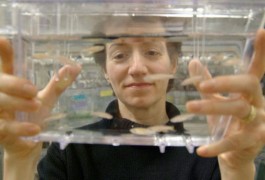
Hazel Sive is a classically-trained embryologist and developmental biologist, and an expert in zebrafish genetics. She is using the small, transparent fish embryos for research on autism — an odd choice, as they obviously lack the complex behavioral repertoire seen in the disorder.
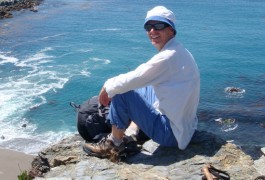
For nearly 20 years, Ralph Adolphs has been trying to figure out how the human amygdala works. An avid outdoorsman, Adolphs has run a dozen 50- and 100-mile races, and his colleagues say he approaches science with the same stamina and intensity. He has already published more than 100 scientific papers, several of them revealing intriguing ties between the amygdala and autism.






